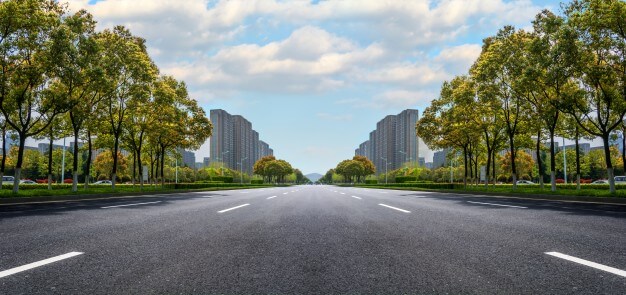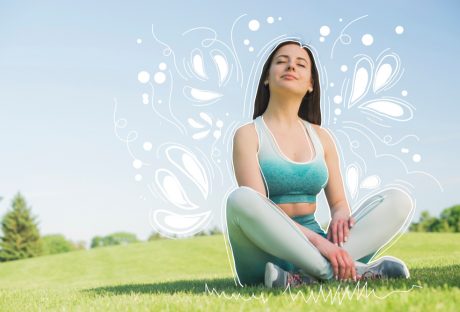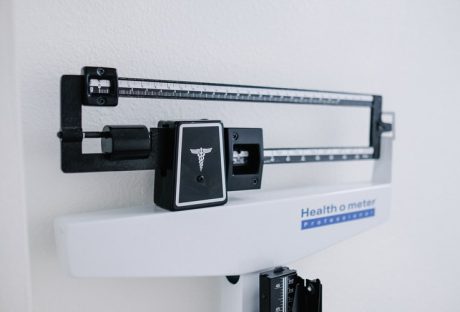City living hasn’t always been dubbed as a healthy choice. However, it appears things have changed dramatically in recent years.
These days, city living is healthier than it’s ever been. Thanks to a dedication to getting people happier and healthier, steps have been taken to improve city life. Here, we’ll look at why it’s become a healthier option to live in the city.
Companies have started to encourage healthier living :
In the past few years, businesses have started to see the benefits of encouraging their employees to lead a healthier life. These days, over 90% of business leaders know just how important wellness is to the productivity of their employees.
After all, the healthier an employee is, the less likely they’ll be to take time off sick. They will also have bundles more energy, making them far more productive than if they were to lead an unhealthy lifestyle.
So, how exactly are companies encouraging healthier living? Well, some provide exercise classes during lunch. Others offer meditation and counseling to protect an employee’s mental health. There are a lot of ways companies are striving for a healthier workplace and it’s really starting to pay off.
Cities have begun adopting green spaces and cycle lanes :
The cities themselves have also become healthier. Authorities are investing in greener areas, as well as adding more cycle lanes. While the reason behind this is largely down to protecting the environment, it has ultimately led more people to become healthier.
At one time, traveling by car was the way to get to and from work. However, as more awareness has been raised about the impact cars are having on the environment, more people than ever before are choosing to ditch their cars and invest in bicycles instead. The introduction of more cycle lanes has encouraged more bicycle stores such as Brompton, to open up in new city locations.
If you take a look at some of the happiest and healthiest places in the world, you’ll see the majority of them use bicycles as their main form of transportation. Is it a coincidence? Absolutely not! Staying active and cycling around rather than driving, really helps to keep you, fitter, while also doing wonders for the environment.
Fitness is now actively encouraged :
Fitness has become extremely popular in recent years. Within cities, you’ll find a huge range of exercise classes, healthy dine-out options, and healthy activities to partake in. People, as a whole, want to get fitter.
Social media has played a large role in the fitness industry boom. Fitness gurus have become extremely popular, encouraging people to get healthier and sign up for local gyms and fitness classes. So, those looking to stay fit and active have plenty of options in the city.
Cities generate more social interaction :
Another more indirect reason people are healthier in cities is that they experience much more social interaction than those living in the country. This is especially true for those living within an inner-city environment.
Social interaction has a strong connection to mental health. Those who do not interact regularly with people, tend to be more depressed, lonely, and anxious than those who do. Of course, the more people there are to interact with, the more active you’re going to be. So, city living helps to improve both physical and mental health.
The above is some of the main reasons cities have become healthier. It’s come hand in hand with environmental protection as people strive to reduce their impact on the environment. Millennials, in particular, are becoming healthier, largely down to the recent campaigns over getting fitter and leading a healthier lifestyle.























